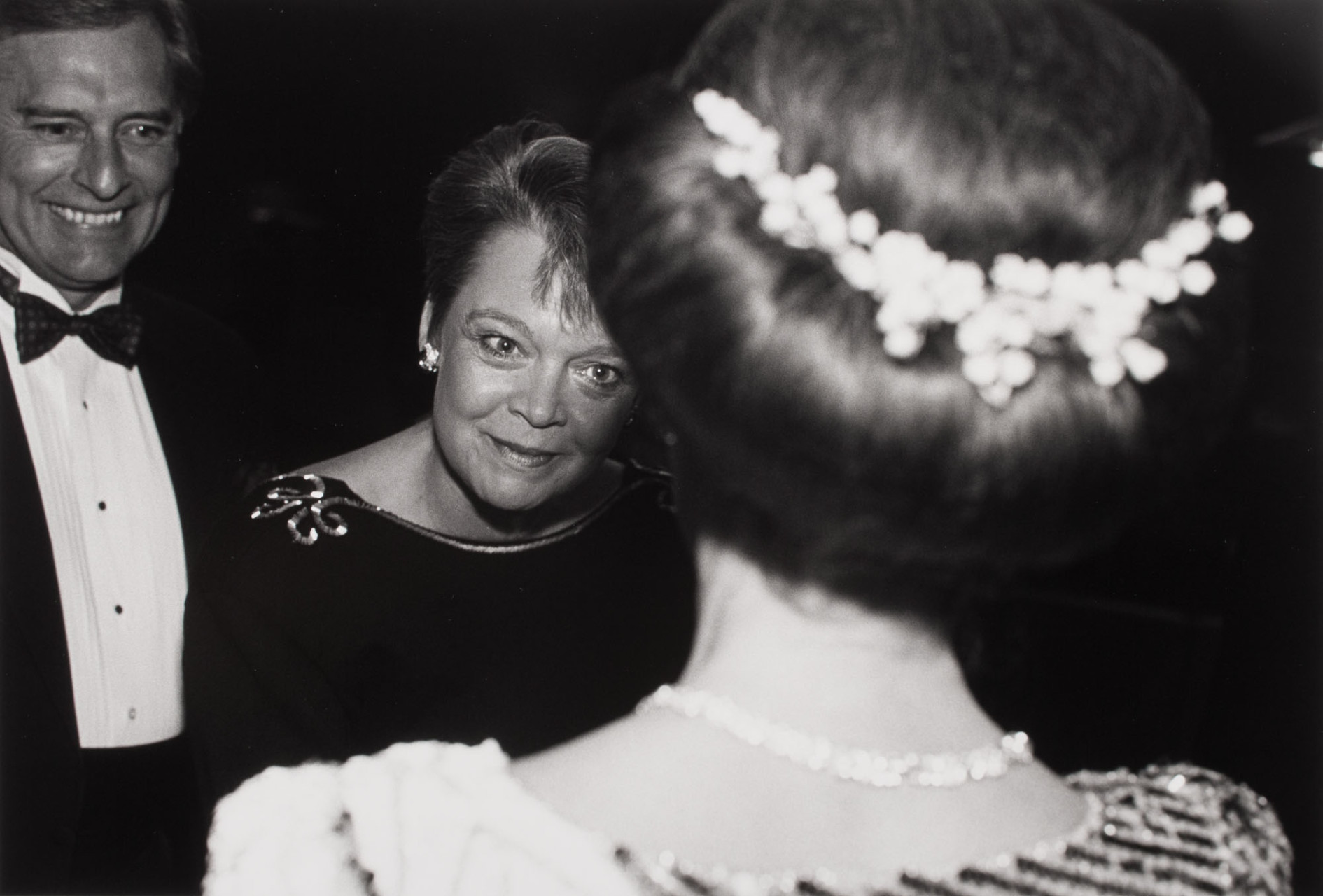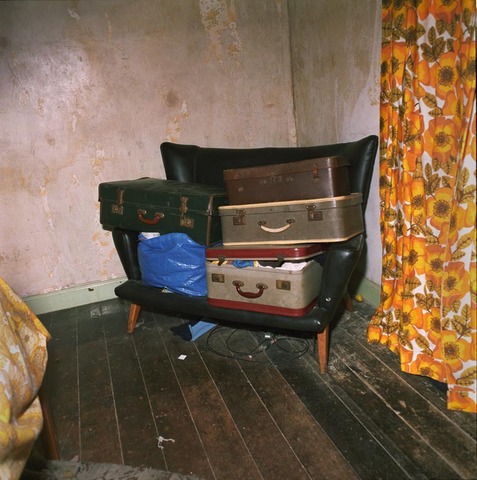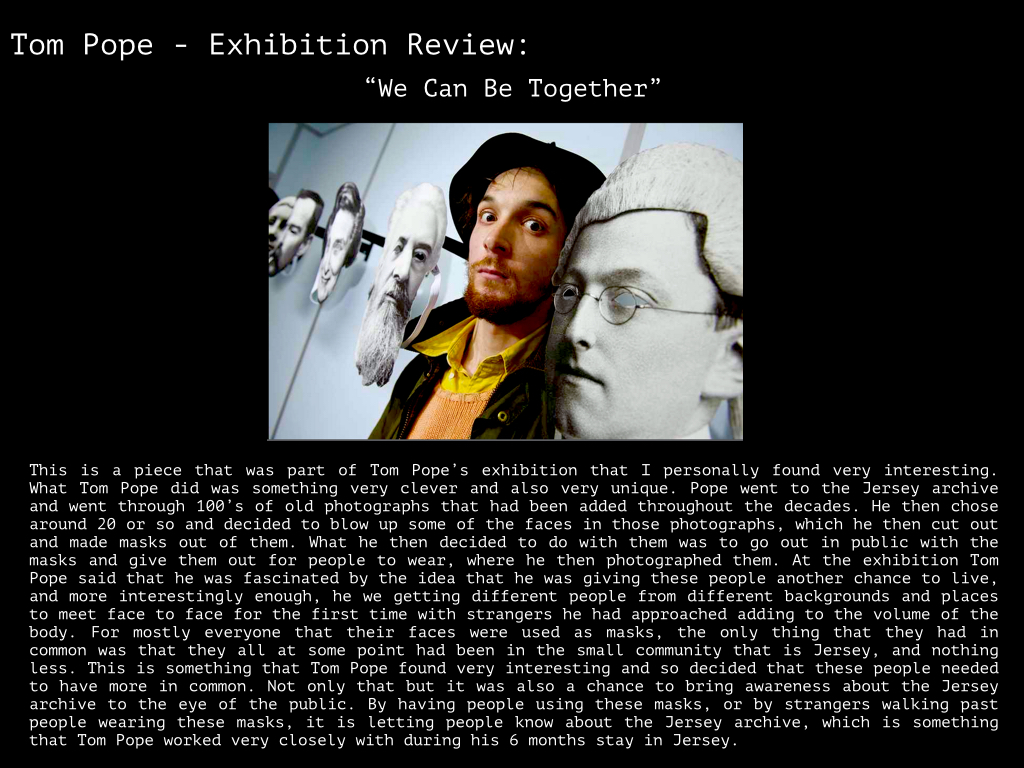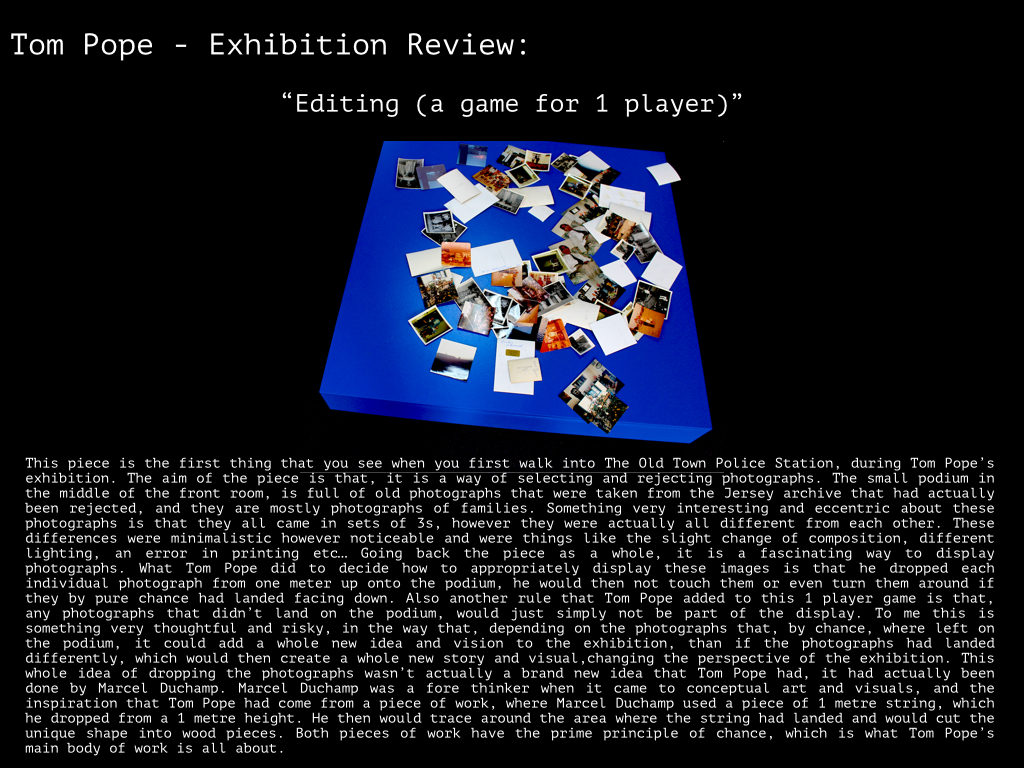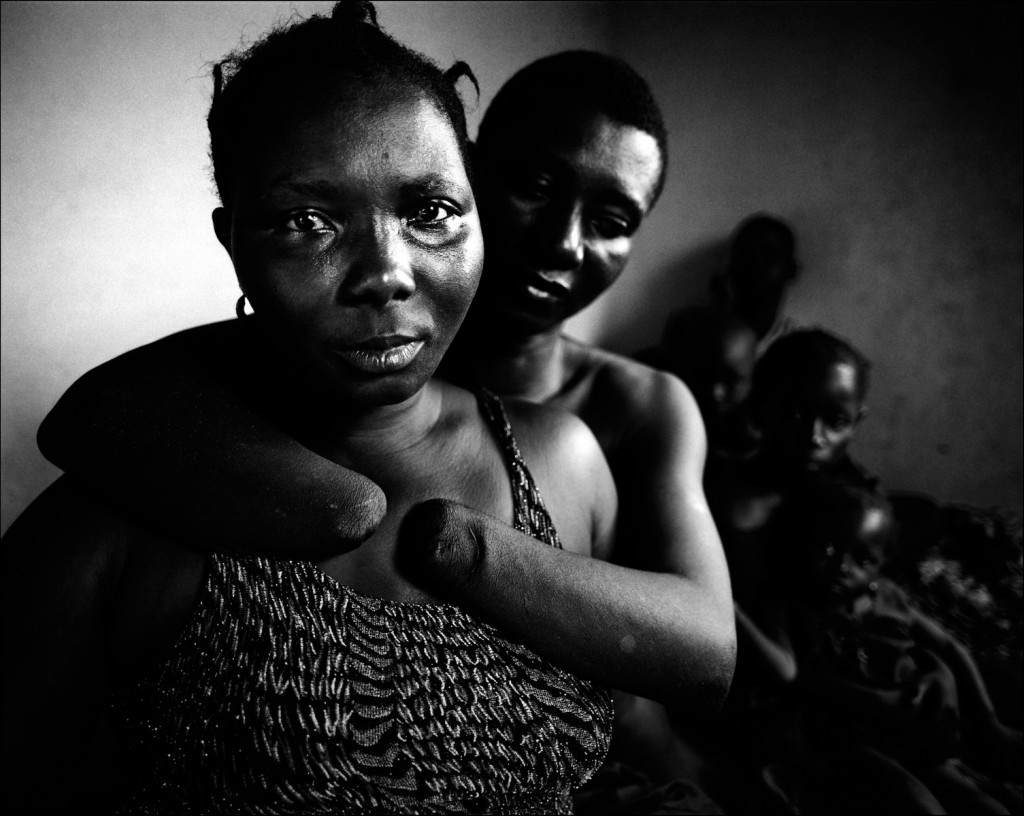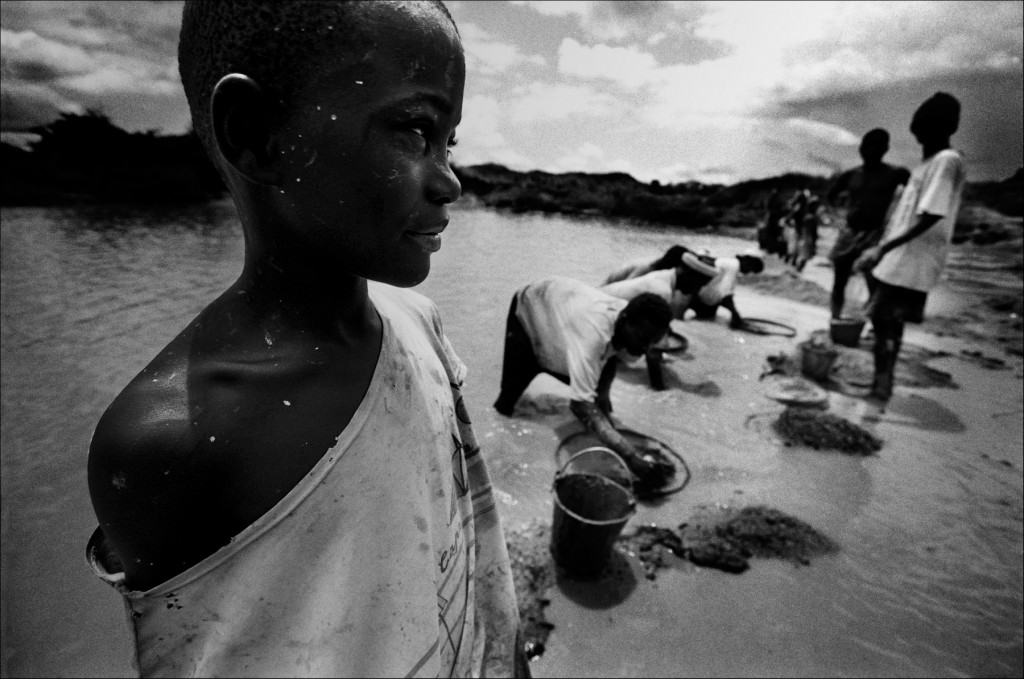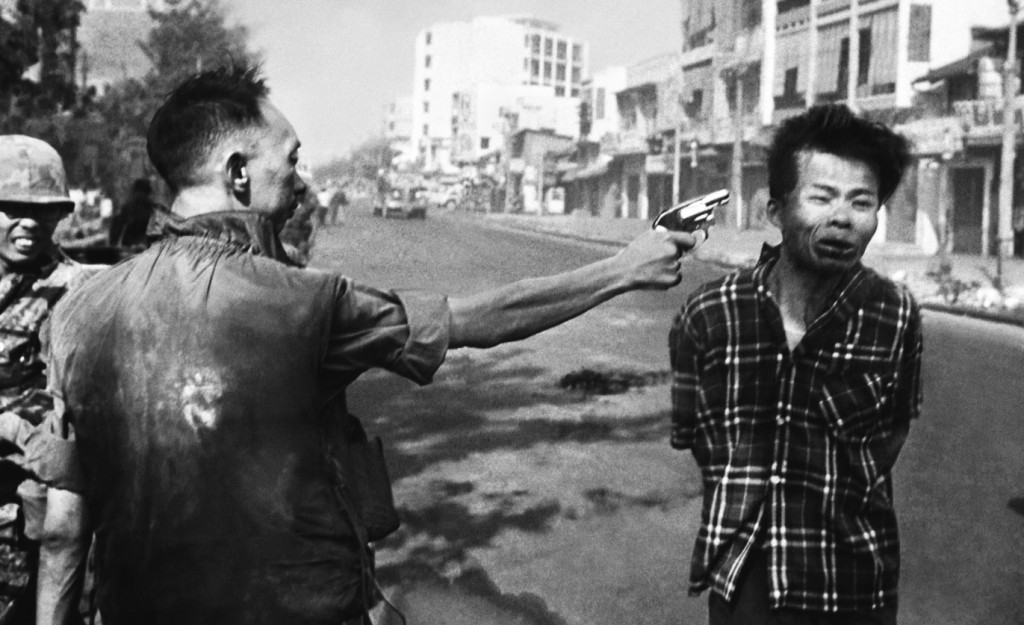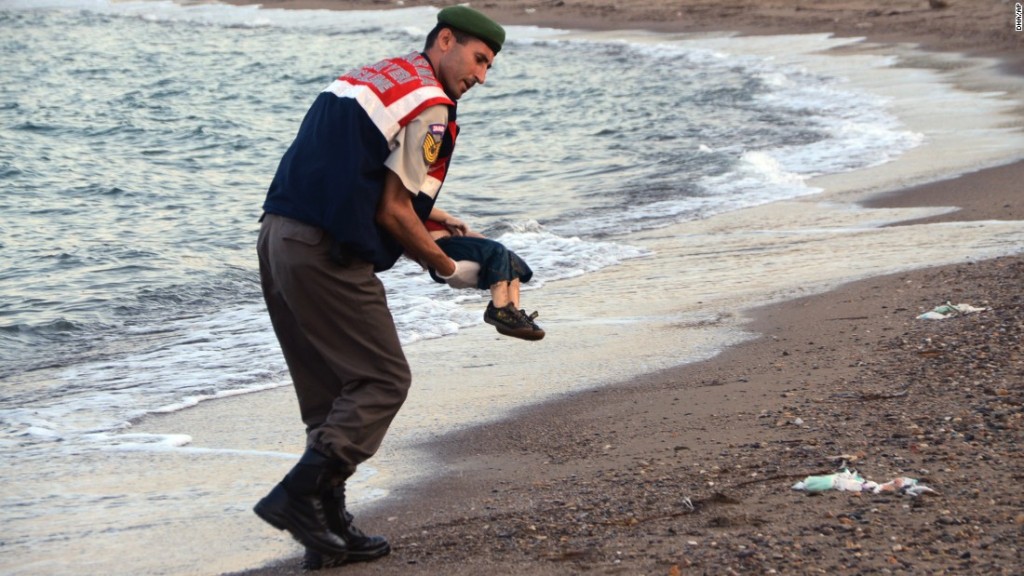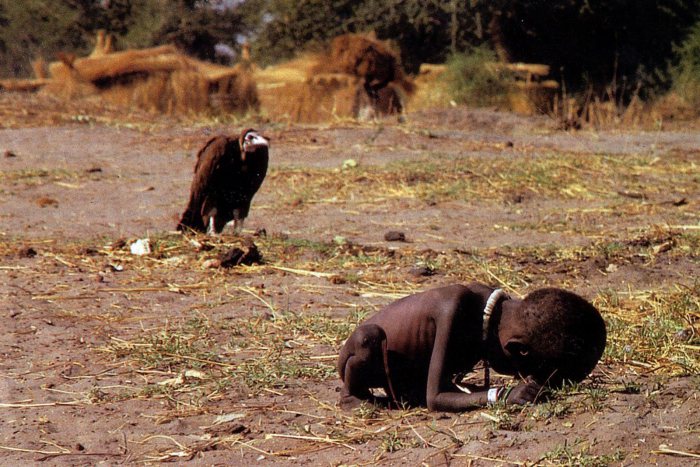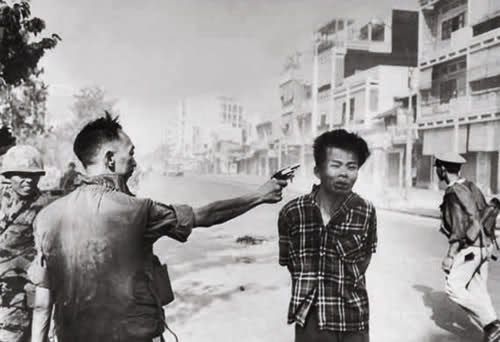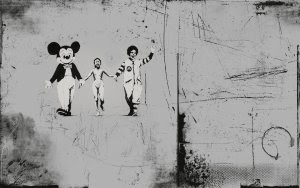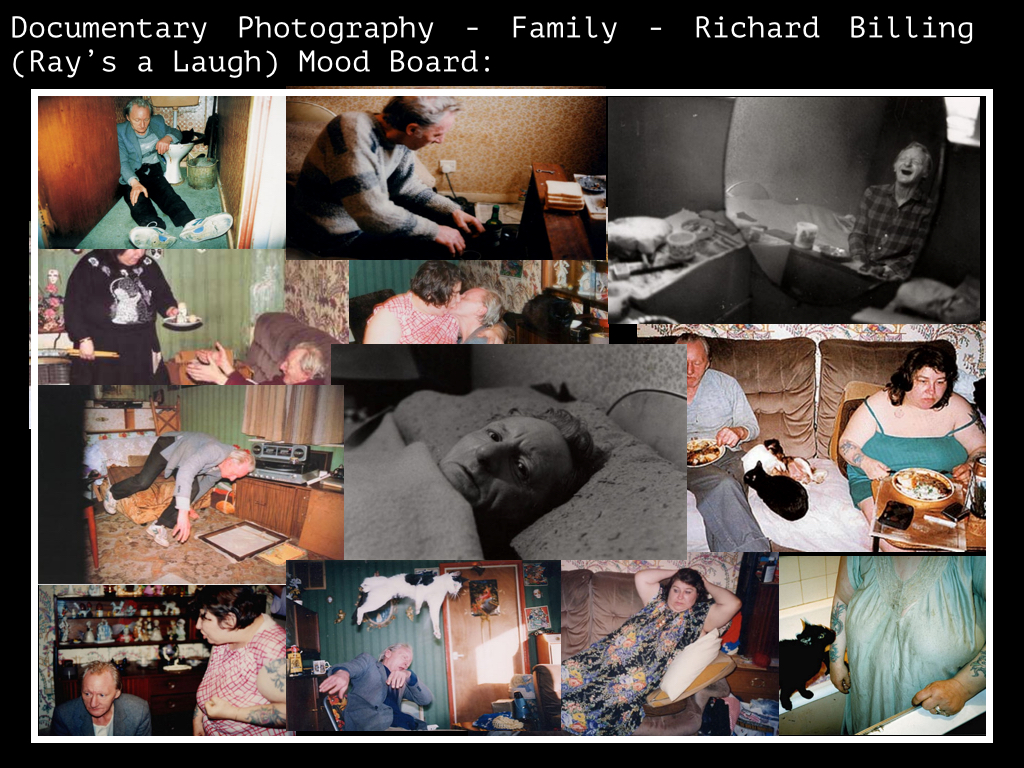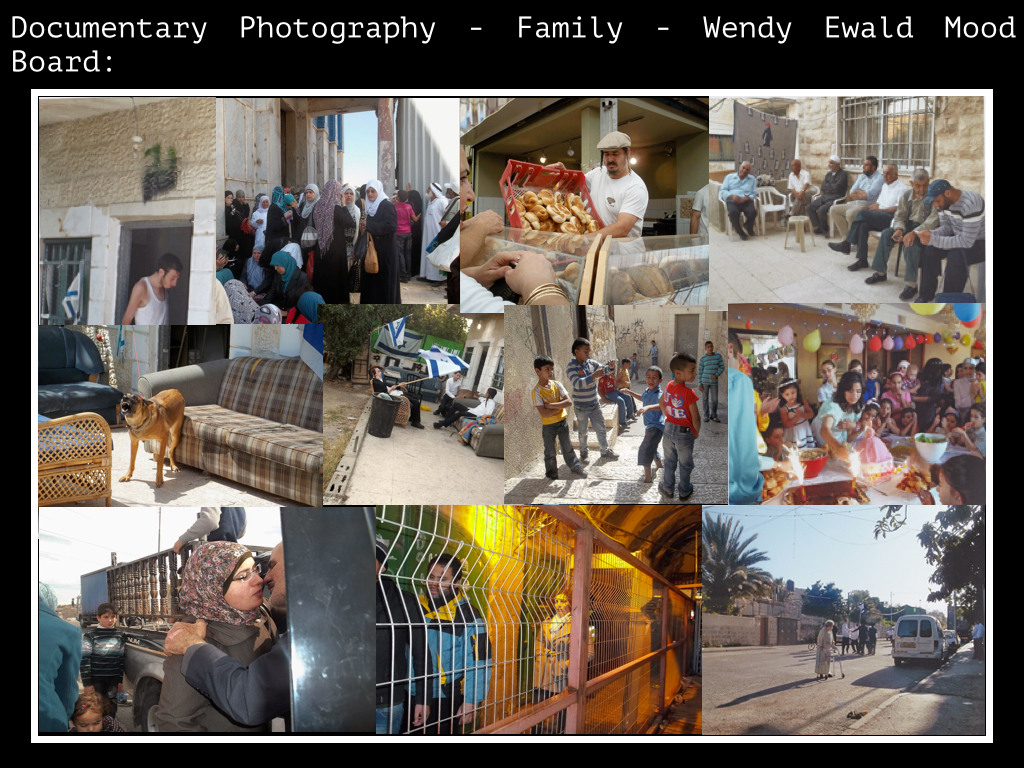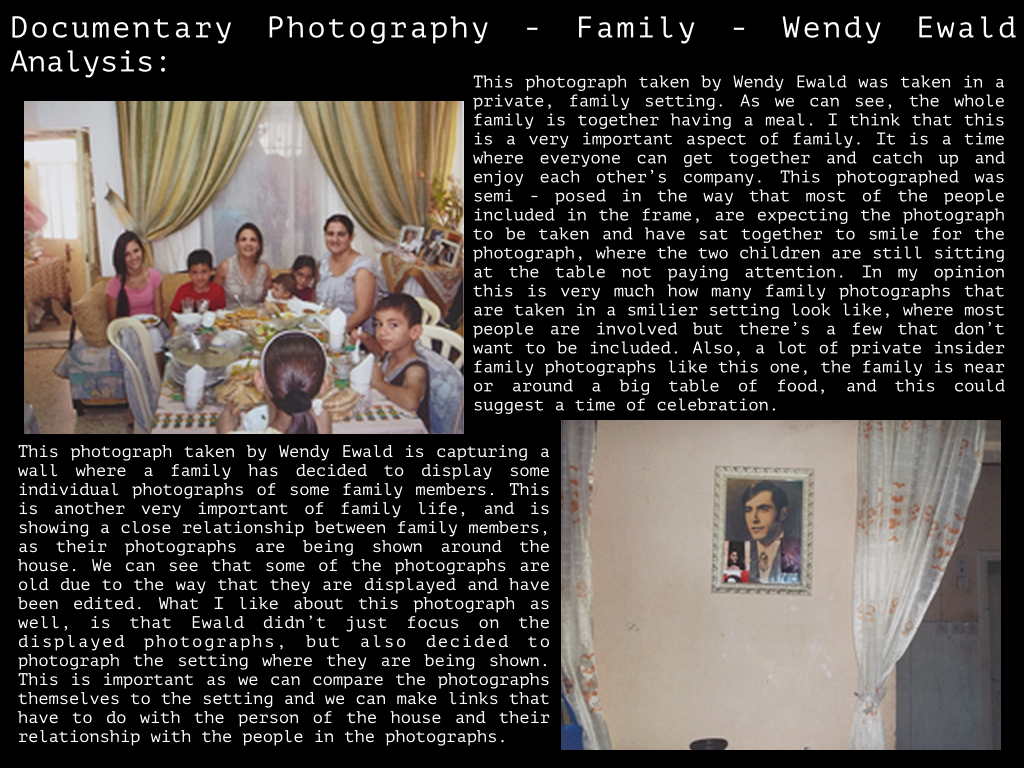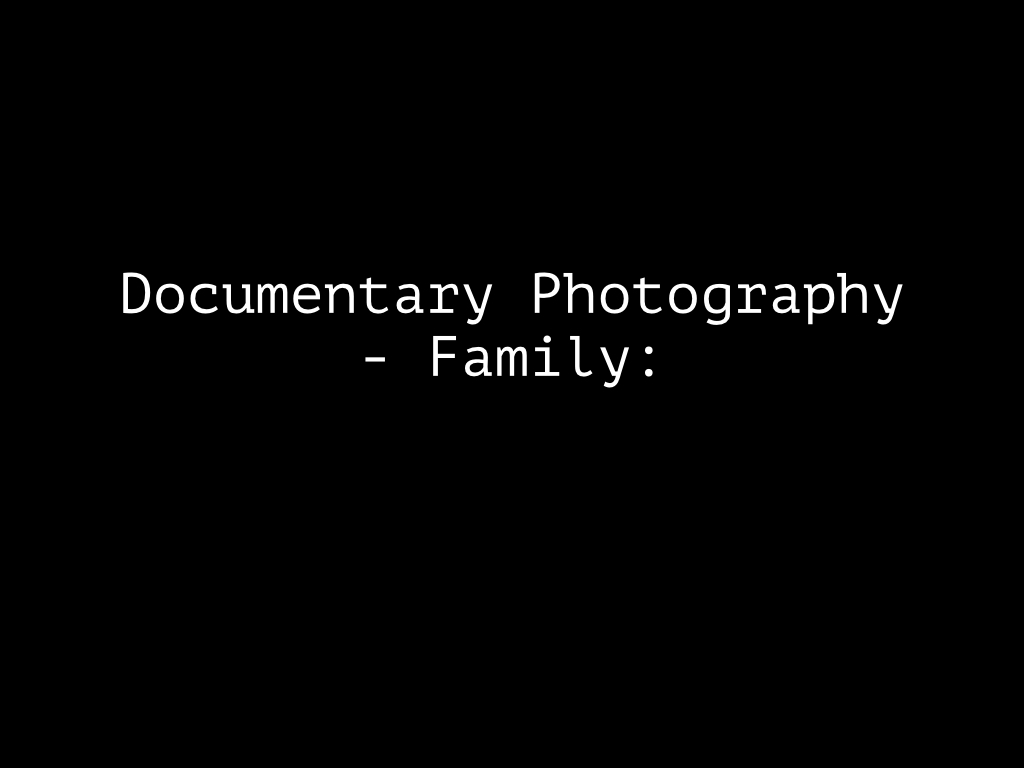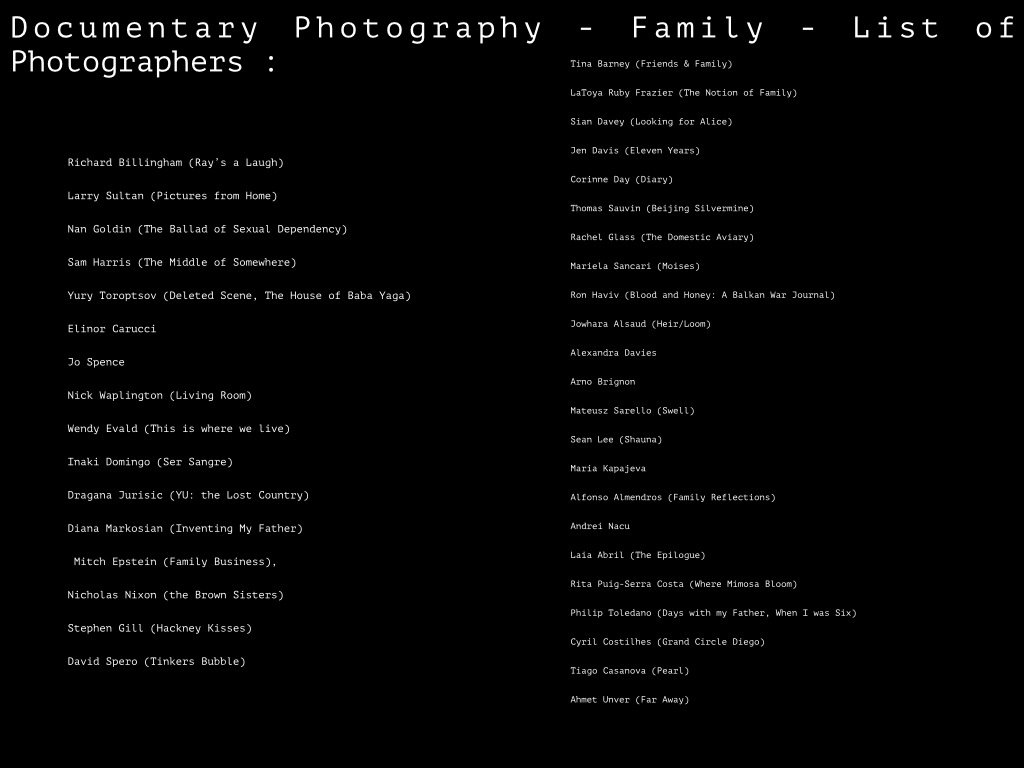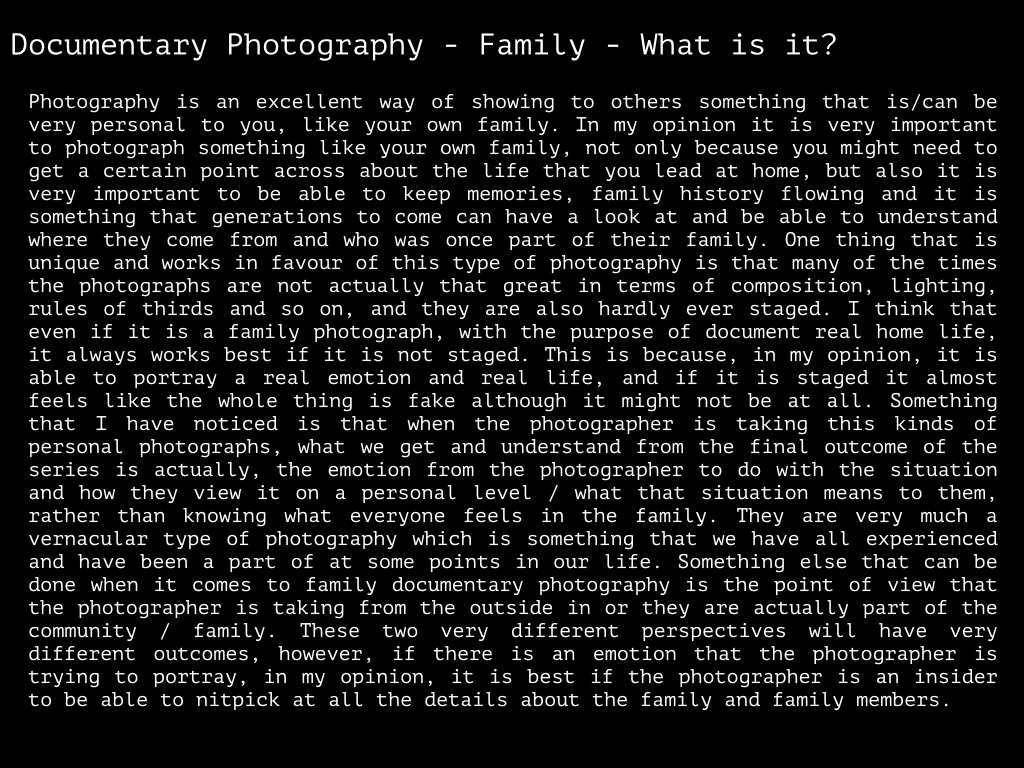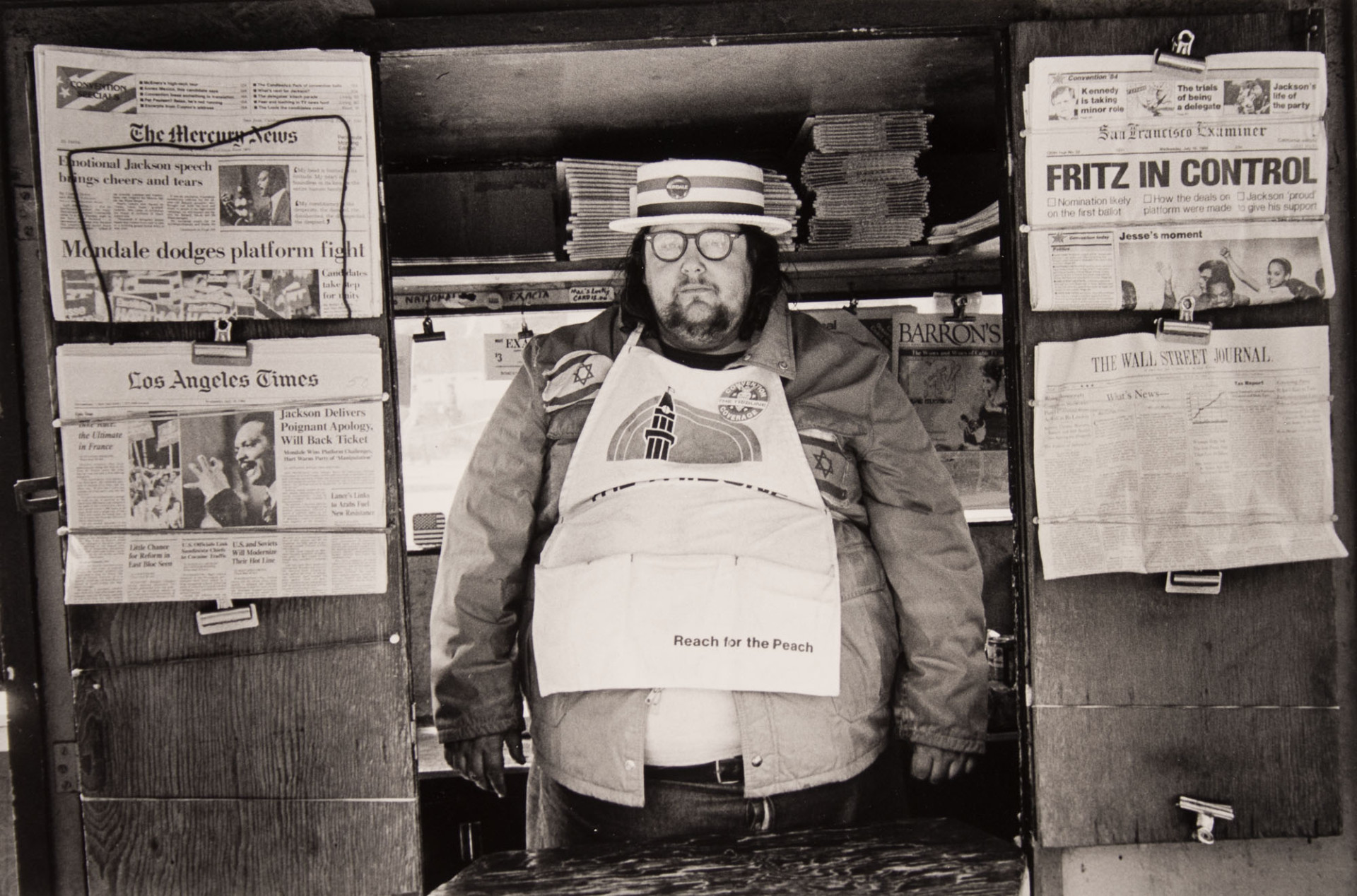Meeting tom pope was inspiring, he was extremely creative in everything he did. Through everything he was doing, you could see he was trying to think of new ideas to do. The main piece of Tom’s work that I found interesting was the film. This was presented on a projector down in the ‘dungeon’. Baring in mind the location of the exhibition was in the old police station, so being there was interesting in itself. Tom’s film was about his adventure that he had where he travelled across Jersey pushing a fisherman’s boat that he had bought locally. His Journey started in grey, and finished out at St Ouen’s bay with a beautiful sunset. Tom had a group of constantly changing people who helped him push the boat to the other side of the island. Alongside this group of helpers, Tom organised for some local musicians to come and play along side him as entertainment. He also encouraged the public to come and take part.
Category Archives: Research
Filters
Alec Soth:
We watched a short clip, where he explained his work and medium. I have stated some of my thoughts on him, in this short response:
Most of Soth’s work includes working with strangers. Being that he is a shy character he finds this challenging, but that drives him more. He quoted: My own awkwardness comforts people.” He also added: “I still get nervous today… I did a picture for a The New Yorker recently and I was drenched in sweat by the end and it was the middle of winter.”
Much like Trent Parke, Soth is also into street photo photography, although that’s not his main practice. The American photographer looks at large scale projects including: portraits, landscapes, still-life’s, etc. It’s complicated to explain it, as he says. But he tried to ‘weave all the pictures together to show this larger world’. He creates some many portraits of complete strangers and other amazing works.
He imagines what he wants to capture before he even photograph’s it. He has a purpose and an aim. Most of the time, the Magnum photographer writes down a list of things he wants to look at, for instance ‘bird watchers’
Here’s an example of Alec’s old business card:

Soth said that in he see’s ‘photography as different from conventional storytelling in that in some ways, the photographer is the protagonist’. He believes that ‘the photographer is the protagonist’. This means that they have as much input as the people being shot and that the photographer can ‘experience the movement’.
Since he’s a documentary photographer, he believes that “you need multiple images to tell a story.” He adds “being frozen in time, means you can’t really tell stories.” His contemporary photography is amazing. It captures great moments such as vulnerability, both in him and the people he photograph’s. Soth is very interested in vulnerability as he thinks there’s something beautiful about it. He added “(I’ve been) amping up the vulnerability, but also my own vulnerabilities, exposing more of myself. Throughout the process in which he takes, edits and uploads pictures vulnerability is definitely a major theme.
He’s essentially an artist that uses photography to tell stories. Although his approach isn’t the typically traditional.
For instance here’s some of his work entitled Sleeping by the Mississippi




Most people would imagine that during the ‘Mississippi’ series all Alec did was take pictures of random places. Contrarily to popular belief, Soth actually wanted to capture a ‘journey’ and magical moments as he travelled through the state.
Trent Park:
In class, we watched a video on Trente Parke. He described his photography, techniques and philosophies. I have written some paragraphs on my initial thoughts:
Trent has so much motivation and determination. He has got an extremely strong sense of light and visual components. He takes documentary pictures, meaning that he takes pictures daily. He loves the process of making pictures, from taking them, to processing them in the dark room. His passion for photography started when he was 10 years old, after his mother’s passing. Parke wanted to capture special moments in time and keep them forever. He said ” Photography is a discovery of life which makes you look at things you’ve never looked at before.” His photographs contain very sharp strong light. Here are some examples of his work, which are in both color and black and white:


He quoted “I am forever chasing light. Light turns the ordinary into the magical.”
His pure perseverance to get the perfect shot is apparent. Trent once tried shooting the same scene for a period of three months. He saw something in the film that he wanted to recreate and he went back to that place every chance he could. In this occasion it was at a train station. He managed to finally capture the shadows in a magical way. This is the picture that he was referring to:

Concerning the picture above Parke stated the following: “I went each evening, for about 15 minutes, when the light came in between two buildings. It happens only at a certain time of the year: you’ve just got that little window of opportunity. I was relying so much on chance – on the number of people coming out of the offices, on the sun being in the right spot, and on a bus coming along at the right time to get that long, blurred streak of movement. If I didn’t get the picture, then I was back again the next day. I stood there probably three or four times a week for about a month. I used an old Nikon press camera that you could pull the top off and look straight down into, because I was shooting from a tiny tripod that was only about 8cm high. I had tried to lie on the ground, but people wouldn’t stand anywhere near me. I finally got this picture after about three or four attempts. I shot a hundred rolls of film, but once I’d got that image I just couldn’t get anywhere near it again. That’s always a good sign: you know you’ve got something special.”
This really solidifies that he is a very determined man. His pure perseverance and love for photography drives him to try again and again. For me, it’s sort of like ‘trial and error’ where he aims to get a shot that’s very close to perfect.
He originally came from Newcastle and rose to fame, winning many awards. However, Parke’s enthusiasm is driven from his love for photography; he isn’t concerned with winning awards, but catching amazing life moments.
The Australian has a passion for street photography. He first began by travelling to certain places and he’d wait for the exact right moment to shoot. The light would have to be exact and well reflected.
In a particular shot, Parke was able to photograph a very unusual scene:

He saw a black ‘aboriginal’ woman with her ‘albino’ child. He doesn’t usually go up to people and ask for pictures, but Trent felt compelled by this unique opportunity. Just as he was clicking the camera button, the sky began dark and cloudy. He’d regretted wasting that chance, since he thought that the darkened sky had ruined the shot. It wasn’t until ten years later that Parke processed the image and fell in love with it. I think that the strong lighting creates a bold and powerful contrast, which works really well here.
His work is normally presented in grand displays. Here’s one of his exhibitions called ‘Please step quietly everyone can hear you’.

Here are some of his pictures that I discovered online: http://www.stillsgallery.com.au/artists/parke/
Trent Parke’s work is very Contemporary. The word in itself, originated from Latin of ‘Con’ which translates to ‘with’ and ‘temporarius’ which signifies ‘of the time’. Therefore, Contemporary now equates to the word ‘modern’. Nevertheless, just because the picture is modern doesn’t mean that it can be called this. The photography’s normally described as abstract or unusual. It’s all about recording up-to-date, present-day moments, for instance Urban Development, Terrorism, Pollution, etc.
Web link to post called “12 lessons that Trent Parke has taught me about street photography”: http://erickimphotography.com/blog/2014/02/10/12-lessons-trent-parke-has-taught-me-about-street-photography/
David Moore – Family Artist Reference
From the book ‘Photoworks’, David Moore explores the life of ‘Family and Community of the 1980s‘ Britain. In his project ‘Pictures from the Real World’, Moore elevates the routines of his daily life, stories of his relatives overthrowing the mundane home-based lifestyle of his childhood. Contextually, you retrieve a sense of history from his work, the muted colours which are harsh and sharp reflect the quality of the photography: initially captured at the time of documentation.

Moore’s family which he depicts ceases unease about the more politically manifestations of collecting working class identity. Moore hoped to reinforce the socially stabilising cement of the traditional family structure, strong, and able to stand on his feet financially, then they could have only been perplexed by reality. This brings to question issues relating into Moore’s work. The reader asks themselves: how half hearted were the governments attempts to do much about the social revolution? And what was the scale and speed of change of this lifestyle? I believe that from Moore’s images, you understand the struggles and imperfection of living a working-class lifestyle in the 80s, never the less thought out willingly that this is the only life they’ve ever led.
David Moore’s Pictures From the Real World reminds us that the stock images that are endlessly reproduced this family and life in 1980s Britain was more often captured what was exceptional rather than commonplace about that decade. Moore’s photographs show
Here is a link to an article written by ‘The Guardian’ Entitled: “Photographer David Moore’s dingy, deteriorating Derby is the real deal”.-http://www.theguardian.com/artanddesign/2013/apr/10/photographer-david-moore-real-world
“This chronicler of 80s working-class England peers behind closed doors to capture a community indelibly marked by Margaret Thatcher.”
Sean O’Hagan, the producer of this Article writes on the chronicles of Moore’s life. My most favoured quote:
“That it does stop is down to Moore’s social conscience, which is on the side of the marginalised whose lives, under Thatcher, were rapidly becoming more precarious – and have remained so ever since. You could say that Moore’s photographs record the the beginnings of a new social class recently dubbed the precariat.”
TOM POPE EXHIBITION REVIEW – “I AM NOT TOM POPE ,YOU ARE ALL TOM POPE”:

Standards and Ethics in Documentary Photography
Photographers actually have a code of ethics when making documentary photos. This mostly consists of photographers not taking advantage of a staged photo opportunity. This is only for photojournalists as they are simply supposed to be bare witness and should not manipulate the scene to make for a more interesting and visually pleasing image. I think that this is the best concept for photojournalists as they shouldn’t manipulate the truth as it is news reporting and will be shown across the world as fact. I believe that this method of photojournalism is important to be followed and agreed upon in the photographic world. I think that this code of ethics does not apply to documentary photography in itself as I think that photographers are able to make stronger images if they are able to slightly manipulate and remould the way the photograph is going to turn out. Documentary photographers are able to collaborate with their subject in order to make great images, like asking them to look directly at the screen emotionless. Photographers are able to send out a message to the world and to challenge spectators views on different issues including, political, social and economic ones. For me tableaux photography has no limits and no rules, it is completely staged and the photographer has complete control. Here photographers are able to freely express themselves often with hidden meaning that includes the political, social and economic meanings behind them.
Agreement made by photojournalists: https://nppa.org/code_of_ethics
I believe that there is a certain point in documentary photography where it can all become too real in that the photographer might be photographing during a war and suddenly they come across a soldier covered in blood. The question is should they make the photograph or should they try and help them? There has always been a lot of controversy with this topic but for me I believe that taking that one photograph can change the world. The photographer doesn’t need to make the photograph and walk away as if there is nothing going on, they have the opportunity to share the torment and the troubles that these individuals go through in order to reach a broader audience. It is one thing to hear someone say that a small child was washed up on the shore but it is another to actually see it. These kind of documentary photos really put your own life into perspective, they provoke change making more and more people want to go out and help whether that be raising money or changing who they vote for or even going out to that country and personally helping those in need. So yes I think that that photo should be taken because through that single image we as a society are able to provoke change in the way people think. Spectators will see these hard hitting images and want to make change. Without these images we wouldn’t be able to really visualise what others across the world are going through. These types of images may anger people and make them wonder why someone who make an image rather than help a person but ultimately they will be the ones getting the message out and getting more people to help.
The link below is from a photography competition. The photographer used a drone with a camera attached to this to make these images, they are supposed to represent the drones that the US send out intelligent airstrikes in Pakistan, Yemen and Somalia. These attacks have been going on since 2002 and have resulted in large numbers of fatalities, this includes hundreds of civilians. These images were made across the US that are usual airstrike locations and events abroad [funerals, groups of people exercising or praying and weddings]. This photographer made these images to get the message across to the US of what they are doing to average and innocent civilians in their own country doing their own thing. This reminds me of the image of the young girl with her clothing burned off by the acid bomb attack America made on Japan, but more this image reminds me of the Banksy version of that photograph.
Banksy’s image is world known and really sends out a message to the rest of the world as this young girl is crying and screaming as her clothes and skin are being burned she is holding hands with Mickey Mouse and Ronald Mcdonald who are known to the world as American ‘icons’ in that people would associate them with America. I think that this is a very strong image and makes the spectator rethink and understand that what the US was doing was affecting innocent civilians and not the people that it was actually aiming for. This is where Tomas Van Houtryve’s work ties in as he is showing that the places that he has photographed with a small drone and his camera attached to it is what the US is attacking in other countries. It doesn’t make sense and is constantly effecting innocent civilians lives. I think that these images are very strong as the shadows on a lot of the images are so huge and the people are so little, I like that it has a political meaning behind it in the hopes for change and for America to stop ruining innocent lives as the places the US has and is bombing are the places that many Americans enjoy everyday of their lives and do not know what it feels like to feel that they cannot express themselves or go to pray in the fear that they will be killed by US airstrikes.
Thomas Van Houtryve work: http://www.worldpressphoto.org/collection/photo/2015/contemporary-issues/tomas-van-houtryve
DOCUMENTARY PHOTOGRAPHY – FAMILY – ARTIST:
DOCUMENTARY PHOTOGRAPHY – FAMILY – ARTIST:
DOCUMENTARY PHOTOGRAPHY – FAMILY:
Memory and the past
What is the value of memory? Is there responsibility when one person has all the memories? Do memories have meaning in the modern world or are they just fuzzy interpretations of the past?
Memories are a source of emotion, wisdom and teaching. Memories are meant to be shared, they are secrets of the past which can be passed on to the next generation. They can enliven people or events we miss, they challenge our original ideas and give light to thoughts we may not of considered. The idea of memories stemmed from looking into my grandfather’s past, because he died when I was much younger I don’t have many vivid memories of him. However, the limited memories I have I am going to photograph them in order to symbolize my only thoughts of him. In my opinion memory is an extremely valuable characteristic human beings possess. There are several photographers that focus on the theme of memory in their work.
